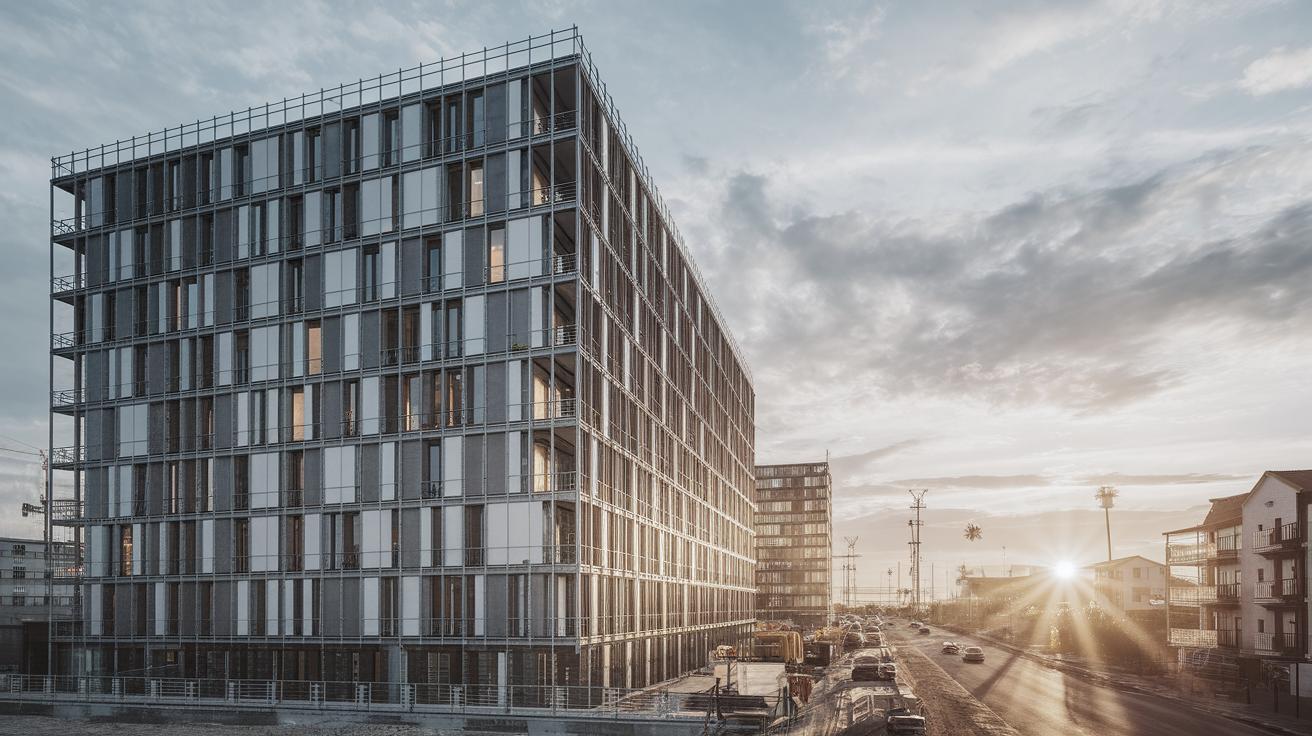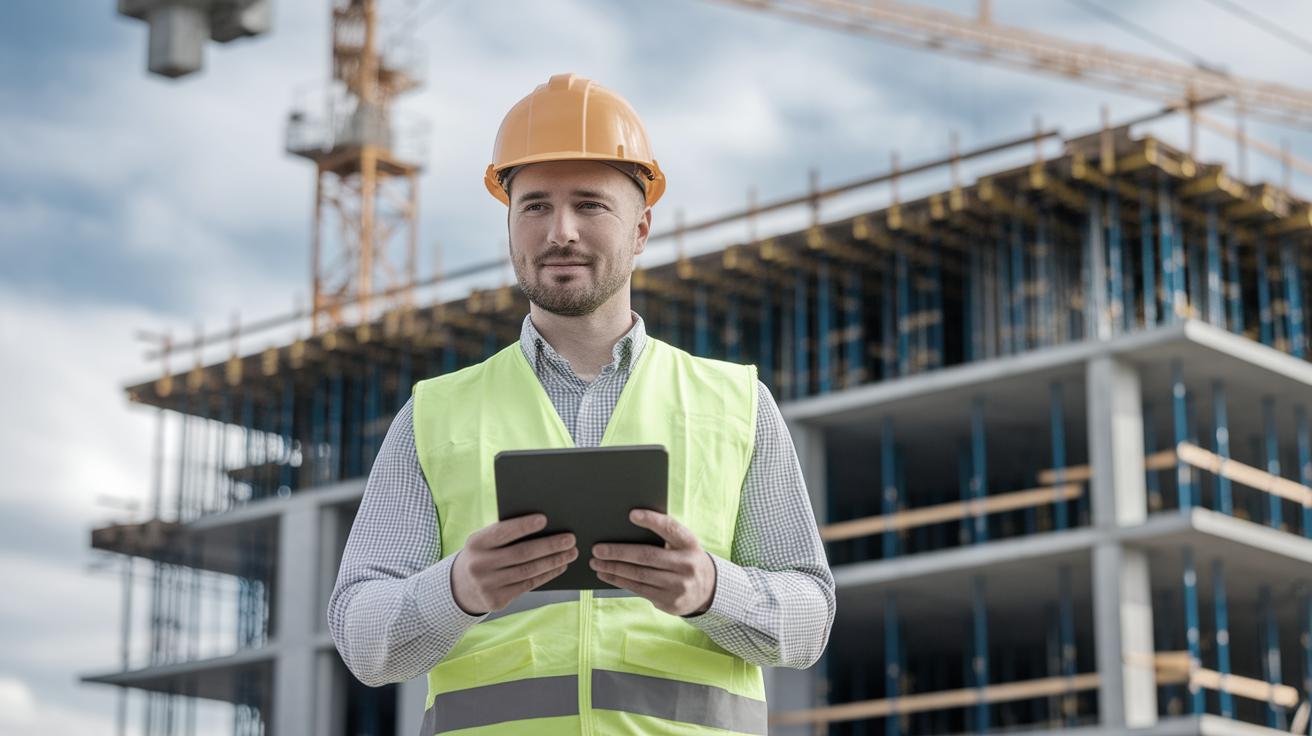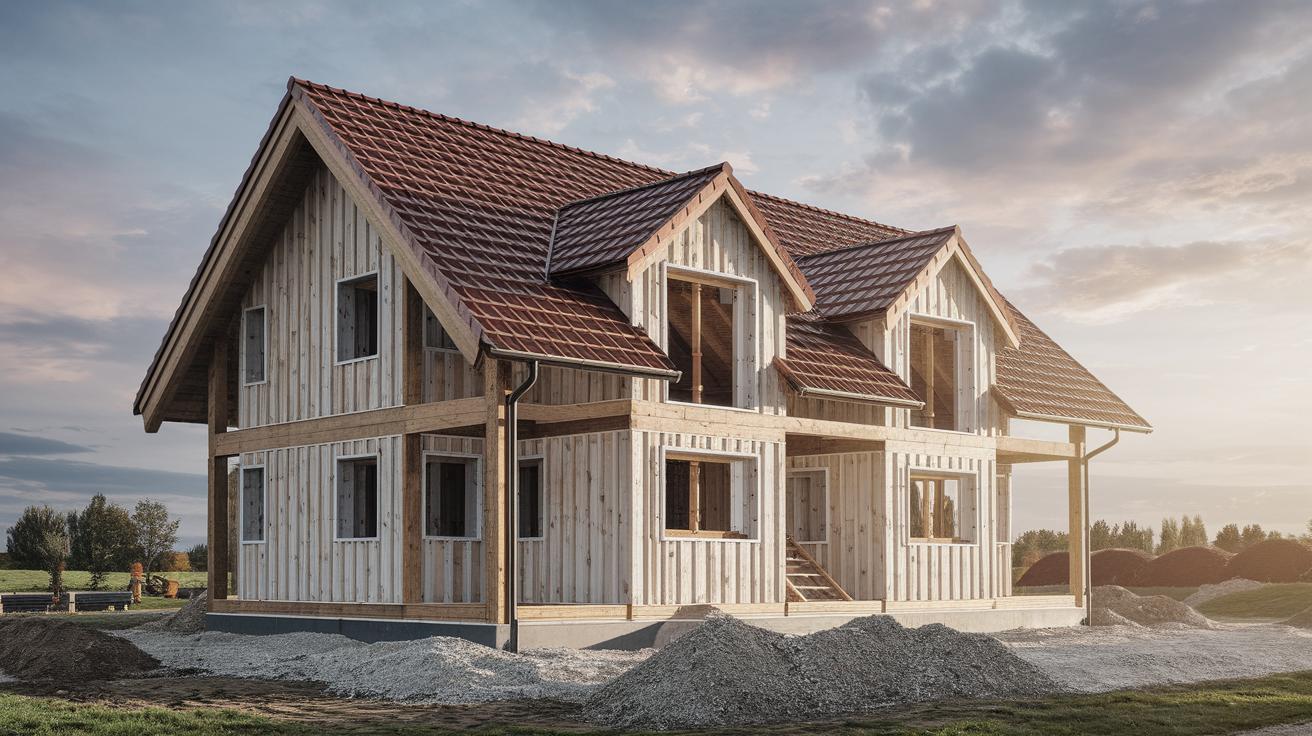The Benefits of Prefabricated Construction
As we step into an era of innovation and technology, the construction industry has been revolutionized by the emergence of prefabricated construction. This method, characterized by constructing components of a building in a factory setting before assembling them on-site, has transformed how we approach building projects. In this blog post, we will delve into the primary advantages of prefabricated construction, focusing on areas such as time efficiency, cost savings, sustainability, quality control, flexibility, and scalability. The article will also highlight the long-term impact of prefabrication, emphasizing its vital role in shaping the future of the construction industry.
Benefit 1 – Time Efficiency
One of the most significant benefits of prefabricated construction is its potential for time efficiency. By manufacturing components in a controlled factory environment, projects are less susceptible to weather delays—an often unpredictable obstacle in traditional construction. The simultaneous off-site fabrication and on-site groundwork preparation greatly accelerate the building process, drastically reducing the overall project timeline. This streamlined approach allows developers to meet project deadlines more reliably.
Furthermore, the use of prefabrication reduces the time spent on site, minimizing disruption to the surrounding environment and community. This is particularly beneficial in urban settings where prolonged construction can significantly affect local businesses and residents. The quick turnaround provided by prefabrication supports an increased rate of project completion, enabling more efficient allocation of resources and capital.
Benefit 2 – Cost Savings
Cost savings are another notable advantage of adopting prefabricated construction methods. By moving much of the work off-site, developers can reduce labor costs, as the factory environment enables a more streamlined and efficient manufacturing process. There is less need for specialized labor on-site, and the automated aspects of manufacturing can lead to significant reductions in overall labor costs.
Additionally, the consistency and precision of prefabricated components minimize waste and reduce the likelihood of costly errors during construction. The factory-controlled setting ensures materials are used more optimally, which not only saves money but also aligns with sustainable practices by reducing waste. These cost efficiencies are particularly compelling for developers looking to maintain budgetary constraints without sacrificing quality.
Benefit 3 – Sustainability
In the realm of construction, sustainability has become a key focus, and prefabricated construction addresses this concern with its eco-friendly approach. The precision of prefabrication means less material waste compared to traditional construction methods. In a factory setting, materials can be recycled more efficiently, and inventory is managed to reduce surplus stock, contributing to a greener building process.
Moreover, prefabrication often leads to better energy efficiency in buildings, as components are constructed with precision to ensure enhanced insulation and reduced energy consumption. Additionally, the reduced time on-site means fewer emissions from machinery and equipment, further lessening the environmental impact. Prefabrication’s emphasis on sustainability not only aids in conservation efforts but can also enhance a company’s reputation as environmentally conscious.
Benefit 4 – Quality Control
Quality control is another area where prefabricated construction excels. In a controlled factory environment, components are produced to consistent specifications, significantly reducing the variability and defects that can occur during on-site construction. The rigorous monitoring and testing processes inherent to factory production ensure that each piece meets the highest standards of quality and safety.
This level of precision and quality assurance translates into more reliable structures with fewer post-construction issues. The controlled setting also enables the use of advanced technologies and materials that might be impractical on a traditional construction site, further enhancing the quality and durability of prefab constructions. This reliability reduces the need for costly repairs and maintenance over the building’s lifespan, ensuring long-term performance and peace of mind for stakeholders.
Benefit 5 – Flexibility and Scalability
Prefabricated construction offers unparalleled flexibility and scalability, making it an attractive option for various types of projects. Whether it’s expanding a hospital, erecting temporary housing, or setting up modular offices, prefabrication can adapt to different needs and specifications. This inherent flexibility allows for customization and personalization without the long lead times usually associated with traditional construction.
Scalability is particularly advantageous in rapidly growing urban environments where infrastructure needs can change swiftly. Prefabricated methods allow for quicker adaptations to these changes, enabling projects to scale up or down with minimal disruption. Developers can replicate successful designs for future projects, ensuring consistency and speeding up development processes. This strategic advantage helps meet and exceed market demands efficiently, paving the way for innovative urban planning and development.
Embracing the Future: The Long-Term Impact of Prefabrication on the Construction Industry
As prefabrication gains momentum, its long-term impact on the construction industry is becoming increasingly evident. By addressing some of the sector’s biggest challenges—such as delays, budget overruns, and environmental impact—prefabrication is poised to redefine industry standards. As technology advances and methods become even more refined, the scope for prefabricated construction will likely continue to expand, influencing all facets of construction work.
The integration of digital technologies, such as 3D printing and Building Information Modelling (BIM), with prefabrication opens up new possibilities, including individualized solutions and unprecedented design freedom. The continuous evolution of these methods suggests a future where construction aligns more closely with innovation and technology to deliver superior results. This future promises not only improvements in construction efficiency and quality but also a more sustainable approach to buildings and infrastructure development.
Summary of Main Points
| Benefit | Description |
|---|---|
| Time Efficiency | Reduced construction time through parallel on-site and off-site work, minimizing weather-related delays. |
| Cost Savings | Lower labor and material costs due to streamlined manufacturing and reduced waste. |
| Sustainability | Eco-friendly construction with less waste and improved energy efficiency of buildings. |
| Quality Control | High-quality components produced in a controlled environment, leading to more durable buildings. |
| Flexibility and Scalability | Adaptability to various project needs and the ability to quickly scale projects up or down. |
| Long-Term Impact | Revolutionizing the construction industry with improved efficiency, sustainability, and integration with technology. |


